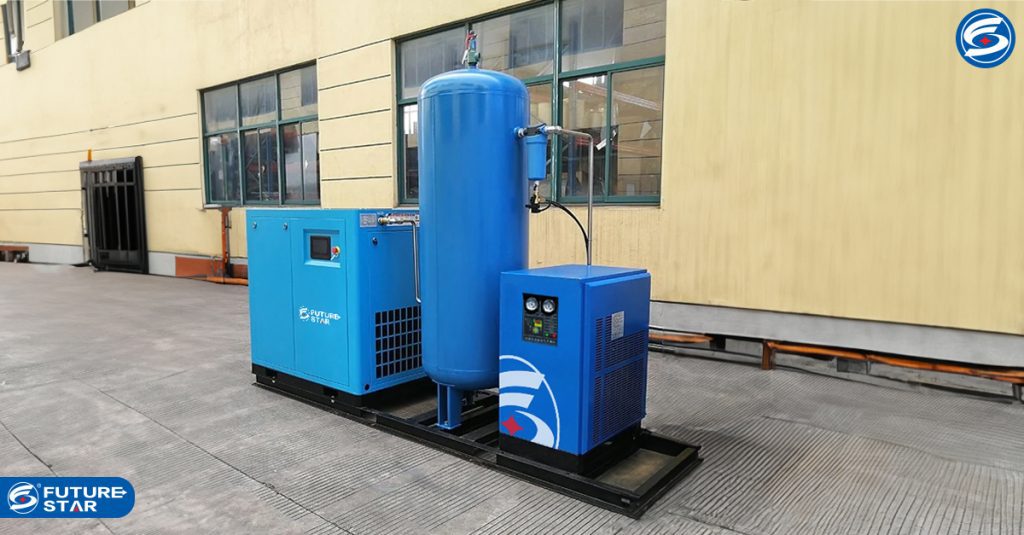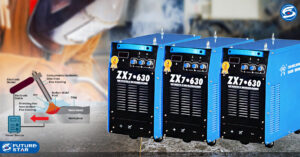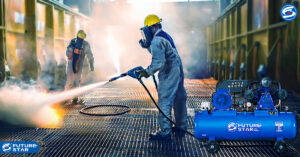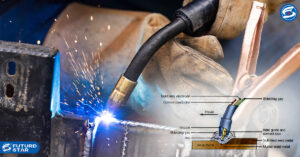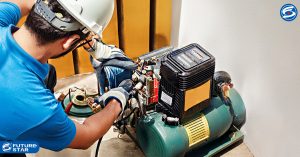Air Tank or we can call it the Air Tank, because one of the basic functions of air tang is as a pressurized air reservoir which will be used to replace the air that has previously operated in the compressor. Air Tank has a cylindrical tube-like design equipped with legs that can be welded to the end of the disc-shaped tank for vertical compressed air tanks or on the curved side of the air tank for horizontal tanks. Especially in Screw Compressor, air tank is one of the components whose existence is very important, because air tank is a fundamental part of a more efficient energy storage scheme. So one of the storage techniques will be different depending on the type of compressor used.
Screw Compressor is one type of compressor that is in high demand in the world of construction projects. One of the reasons for the popularity of this screw compressor is because it has a very versatile function. It can be used appropriately for every type of job application. Then what to do with the Air Tank for this type of compressor, namely the role of the Air Tank or air tank is to optimize the performance and functionality of the compressed air system when the compressor is working. And as is known in the compressor sales industry, Screw Compressor is known as one type of compressor without a tank (tanks are sold separately). So that in operation it will require one of the most important components to be able to run the compressor properly.
One of the main benefits of a tankless screw compressor is its simple size and lightweight design, making it easy to install and suitable for smaller workspaces. In addition, tankless compressors eliminate the need for maintenance associated with conventional tanks, such as draining and cleaning. Thus using screw compressor maintenance that requires tank water is easier and less costly. In addition, you can be more time efficient. But on the other hand, using this type of tankless screw compressor is likely to increase wear and tear on the motor due to constant cycling.
As these screw compressors also have a tendency to generate more heat, which can lead to potential overheating issues if not managed properly. Additionally, without a buffer tank to store compressed air, tankless compressors may be more susceptible to pressure fluctuations and potentially require additional equipment, such as air dryers or filters, to compensate for this variability in air supply. While there are many advantages to using tankless screw compressors, one of which is that we can save space and lower maintenance costs, they also present challenges related to motor wear, heat generation, and pressure stability.
Source: Review of Compressed Air Receiver Tanks for Improved Energy Efficiency of Various Pneumatic Systems

